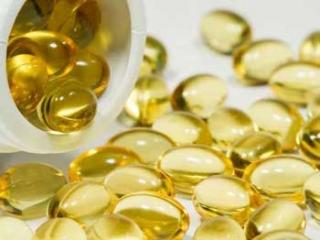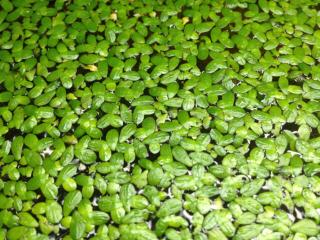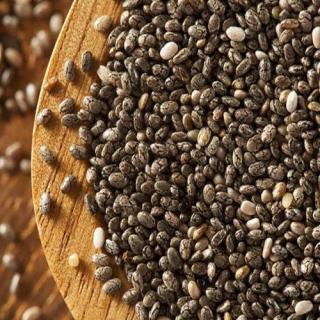Navigating regulations (EU novel foods, US GRAS) to deliver food innovation

(The following interview with Christiaan Kalk was published in a slightly abridged version by Food ingredients Europe, in August 2019 https://www.figlobal.com/fieurope/visit/news-and-updates/navigating-regulations-deliver-food-innovation)
FEATURED SPEAKER Fi Conference 2019
Global food innovation is developing at a tremendous pace. Novel products boosting consumers’ health and offering more sustainable alternatives are on the rise. However, in order to succeed, new product developers must deal with complex and costly food regulations. We talked to Christiaan Kalk, Founder of lsbi, who will provide attendees at the Fi Conference with the insights they need to navigate the differences between EU Novel Foods and US GRAS product approval procedures.

What are the main differences between submitting a dossier under EU Novel Food Regulation and US GRAS? How long do you have to wait for the decision in both cases?
“The EU novel food regulation requires pre-market approval by governmental authorities, US GRAS does not. If a food or ingredient is not very common food, its status being ‘Generally Recognized As Safe’ can be affirmed by an independent panel of recognized experts. Prior to evaluation by the panel, the pivotal studies used in risk assessment must be published in a peer-reviewed scientific journal. If the panel concludes the product is GRAS, the manufacturer may or may not consult FDA. If the administration agrees, they publish a letter stating they have ‘no further questions’. If FDA is not consulted, we speak of a ‘self-affirmed GRAS’.”
“From submission of a full application to publication in the Union List of novel foods, it takes about two years. In theory, it could be a bit quicker. In practice, interactions often take more time. The Commission’s DG SANTE and the PAFF Committee on Novel Food and Toxicological Safety, in which the Member States are represented, are involved, as well as EFSA and its NDA Panel.”
“Obtaining US GRAS status can be much quicker. If the data is there and the pivotal studies are published, it can be done within a few months. Consulting FDA takes a few more months. If there are no questions, the procedure can be completed within a year.”
“Preparing well for a novel food registration and US GRAS affirmation pays off. In spite of the regulatory differences, the data required for risk assessment is rather comparable, with the EU being a bit more demanding. If the planning is right, if decisions are taken quickly and the outcome of analyses and studies is favourable, data generation for risk assessment and dossier preparation can be done within 12 to 15 months.”

What are the main challenges for companies to get their products approved and added to the Novel Food Catalogue?
“Successful registration takes a well-characterized and consistent product. This can be demanding, particularly for a start-up. For instance, five different batches that are representative of the final, full-scale production process should be analysed for composition and for chemical and microbiological contaminants. Stability of the novel food ingredient in final food products should be demonstrated. The proposed uses in foods must be defined and the resulting consumer intakes must be calculated. This should also consider intakes resulting from other sources than the novel food itself, as well as possible vulnerable groups within the targeted consumer population. Finally, it should be demonstrated that the novel food is unlikely to cause unintended effects on nutritional status and diets of consumers.”
“Typically, in order to facilitate risk assessment, genotoxicity tests and a repeated-dose (sub-chronic) toxicity study must be conducted in a qualified test facility. The latter test on rodents should demonstrate a margin of exposure compared to the foreseen intake by consumers.”
“Depending on the product, typical costs for testing, dossier preparation and registration can range from € 250,000 to € 350,000 or higher. This forms a considerable hurdle to many start-up companies, as no income from the intended uses of the product can be generated in the EU while the registration process is ongoing. Finally, the applicant should be prepared to answer questions, to modify the uses of the product or even to generate additional data during the registration process.”
“Novel food registration requires a case-by-case approach. It is not routine, not even for an established multinational, and certainly not for a start-up company. One should seek advice from people who have been there before and take a stepwise, coordinated approach.”

Could you give some examples of innovative ingredients awaiting approval under the Novel Food Regulation?
“Several insects, as well as plants and algae are under evaluation as a source of protein or other macronutrients. Some carbohydrates and dietary fibres as well as bioactive substances derived from plants, from fermenters or from chemical synthesis are also under evaluation. Many more innovative foods and ingredients are in earlier stages of development. For instance, proteins, fats or whole biomasses from plants, algae or fungi, cultured meat, as well as fermentable fibres, that selectively support the colon microbiota or immunity.”
What benefits do these novel ingredients offer, and why should we await their approval?
“Often, novel foods are more sustainable or are more desirable from ethical viewpoints shared by an increasing number of consumers. They can further bring more variation, a better taste or a better price.
Their main benefit may also be health. Think of less calories, fewer blood sugar peaks and troughs or lower blood cholesterol. They can also serve as a substrate for a healthy colon microbiota, support our immune system and help suppress hunger. It is a pity that many of the desirable effects are difficult to prove. But science is moving forward, and personal monitoring of health parameters is coming.”
Can you recall the biggest market success of foods that went through the process and are now sold across EU? What ingredients received the most attention?
“First, I’d like to mention Quorn, a fungal protein-rich ingredient. It entered the British and Dutch markets based on local legislation, prior to the introduction of the EU novel food Regulation, for which it served as a blueprint. Plant sterols and stanols are used across the EU, for instance in margarines. Algal oils containing long-chain polyunsaturated fatty acids that are used in infant formula and in various other products. Under the old regulation, 125 novel foods and ingredients entered the Union List. The number of introductions is increasing with the updated regulation, with dossiers being submitted electronically, directly to DG SANTE.”
What are your predictions for the F&B industry over the next 3-5 years?
“Innovation towards more sustainable, healthier or more ethical foods will continue and it will often come from start-ups. Millennials and health-conscious elderly people will lead the way towards increased awareness, self-care and monitoring of personal health. This is no wonder, as there is only so much that medicines and medical care can do for an ageing, ever wealthier world population.”
“We will see a growth of new cultivation techniques, within or close to urban areas. New plant varieties that have a better yield or composition, or that are more resistant to salt, drought or pests are developed, for instance using CRISPR/Cas9 genome editing. But it is not yet certain if and when the EU political and regulatory climate will facilitate the introduction of these new varieties.”
Be sure to catch Christiaan Kalk’s presentation on ‘Is it safe? Regulatory clearance of innovative foods and ingredients’ at the Fi Europe Conference 2019.
